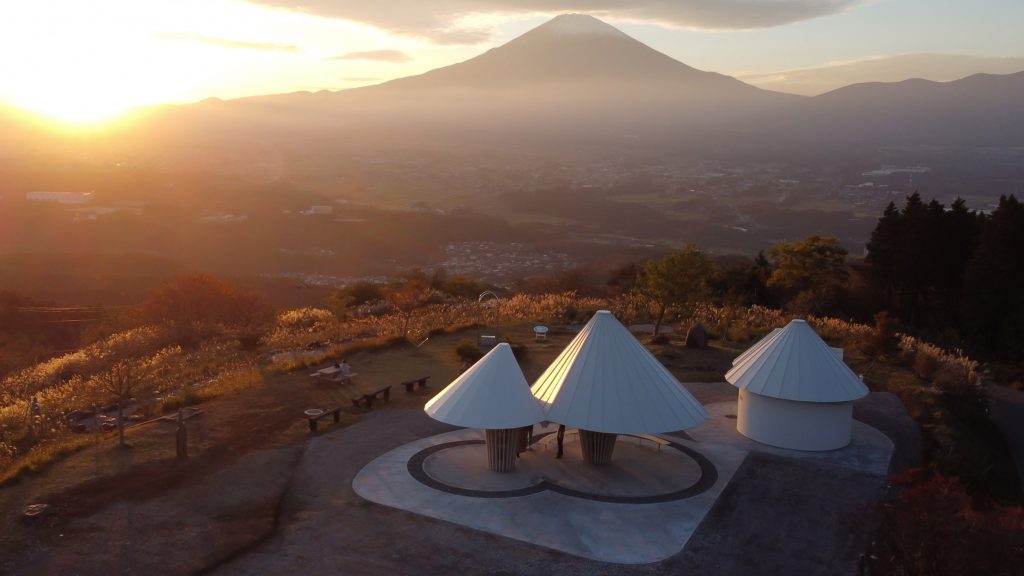Shigeru Ban designs meditation retreat overlooking Awaji Island mountains
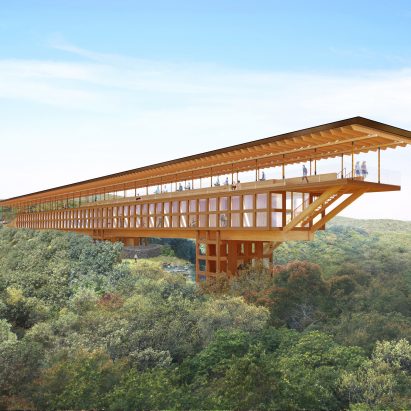
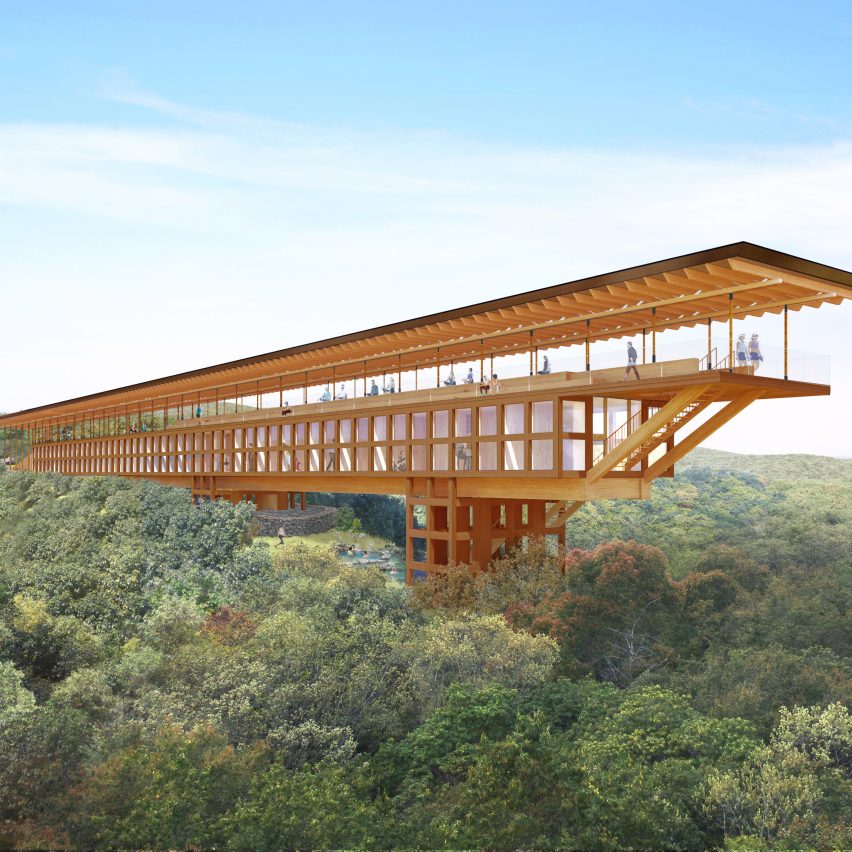
Pritzker Prize-winning architect Shigeru Ban has designed a wooden meditation retreat named Zenbo Seinei, which is nearing completion on a verdant site on the Awaji Island in Japan.
Slated to open in spring, Zenbo Seinei will take the form of a long and slender wooden structure elevated on one side by steel columns.
It is being designed by Ban for Japanese company Pasona Group, which oversees a number of facilities on Awaji Island in Japan's Seto Inland Sea.
The retreat will focus on healthy food and mindfulness and is aimed at tourists who want to escape from cities to a natural environment.
Retreat will allow visitors to "experience zazen"
Ban's elongated building is now under construction on a leafy spot in the northern part of the island.
Once complete, it will measure 90 metres in length and 7.2 metres in width. It will also feature a 100-meter-long wooden deck, designed as an open-air platform for zazen, a form of sitting meditation.
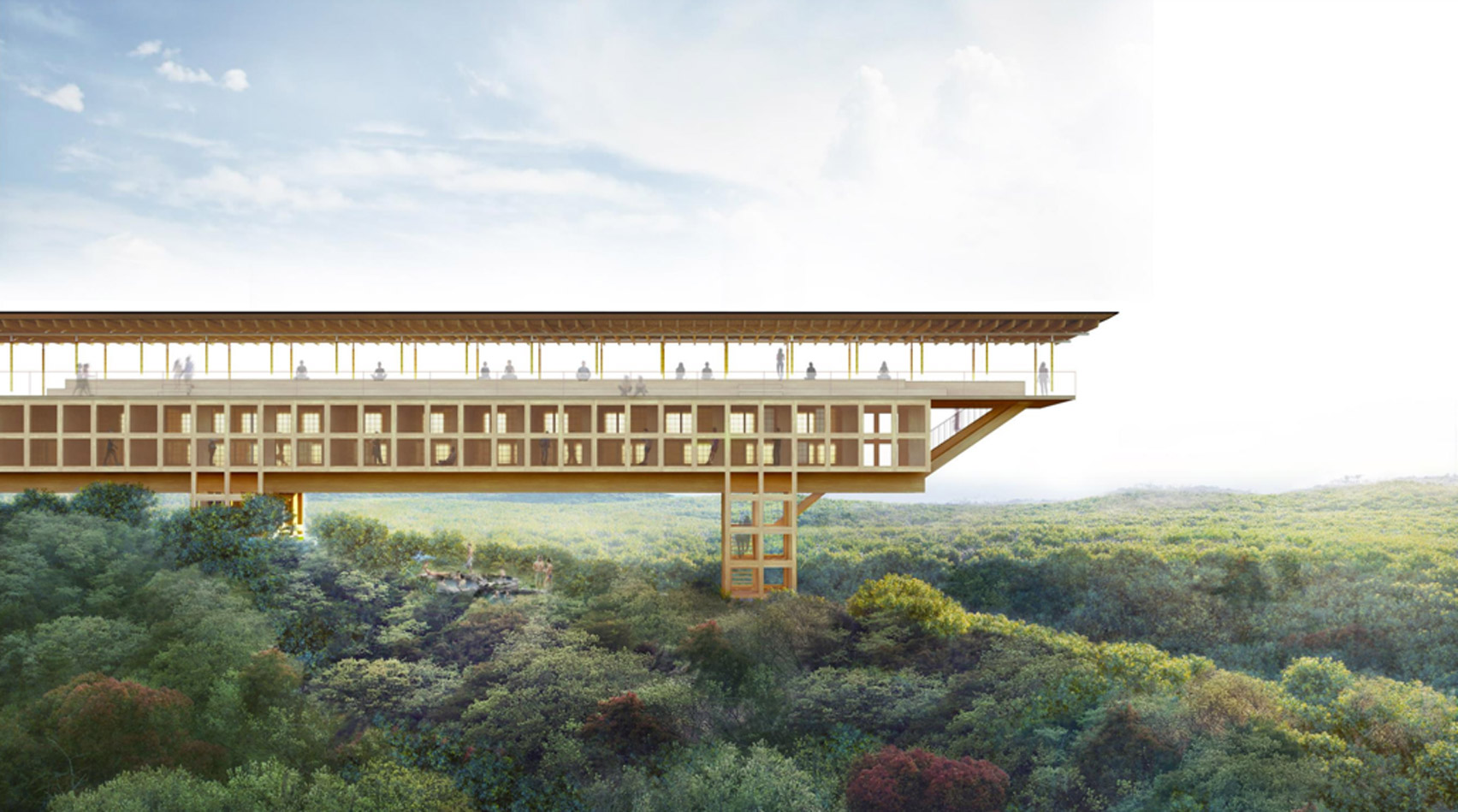 Shigeru Ban has designed a wooden meditation retreat for Awaji Island
Shigeru Ban has designed a wooden meditation retreat for Awaji Island
"We planned an accommodation facility where you can experience zazen on a small site with abundant nature on Awaji Island," explained Shigeru Ban Architects.
Pasona Group said it has been developed in response to the Covid-19 pandemic, which led "to major shifts in people's attitudes and values towards life and work".
"Amidst this, there has been a growing interest in opportunities to reassess one's own contentment in environments rich in nature, and in lifestyles that promote physical and mental well-being," the company added.
Restaurant forms part of design
Alongside the meditation spaces, Zenbo Seinei will contain guest accommodation and a restaurant serving dishes made from local vegetables as well as foods enjoyed by Buddhist monks.
On the surrounding 3,000-square-metre site, Ban is also designing an open-air bath and a cafe with a series of wooden huts for use in the future.
[ 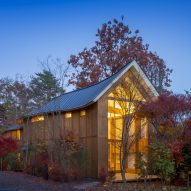
Read:
Shigeru Ban designs boutique hotel that winds through woodland in Japan
](https://www.dezeen.com/2019/02/04/shigeru-ban-shishi-iwa-house-boutique-hotel-japan/)
Ban founded Shigeru Ban Architects in Tokyo in 1985. He was named the winner of the Pritzker Architecture Prize in 2014 and was selected as an ambassador for the EU's New European Bauhaus in 2021.
His studio also recently completed the Tainan Art Museum building in Taiwan and a boutique hotel that winds through Japanese woodland.
Other retreats featured on Dezeen include a series of cave-like brick-clad pods in China by Studio Avoid and a proposal for a boutique eco-resort in the USA by Jendretzki Design.
The visuals are courtesy of Pasona Group.
The post Shigeru Ban designs meditation retreat overlooking Awaji Island mountains appeared first on Dezeen.
#all #architecture #publicandleisure #news #japan #japanesearchitecture #shigeruban #woodenarchitecture
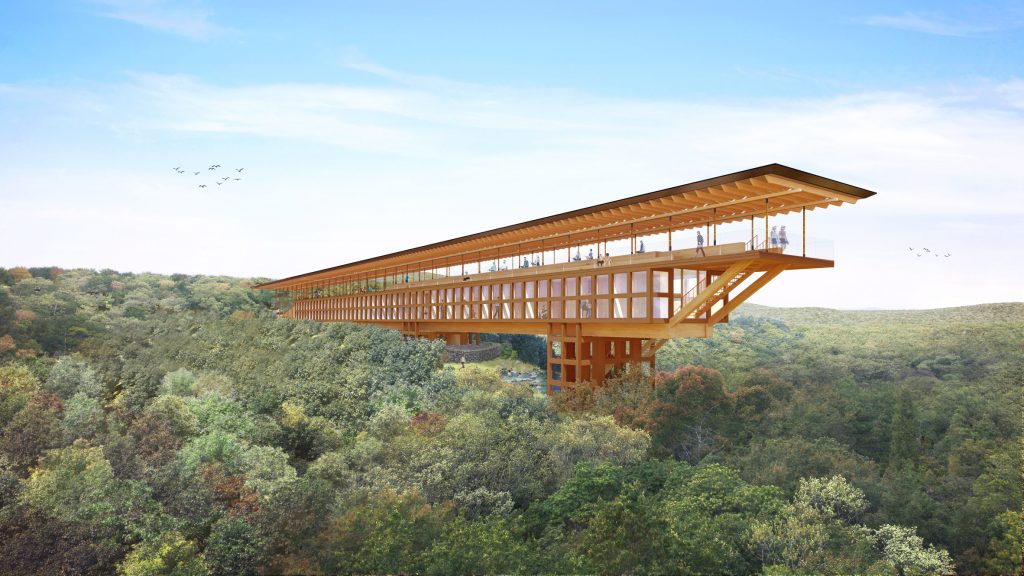
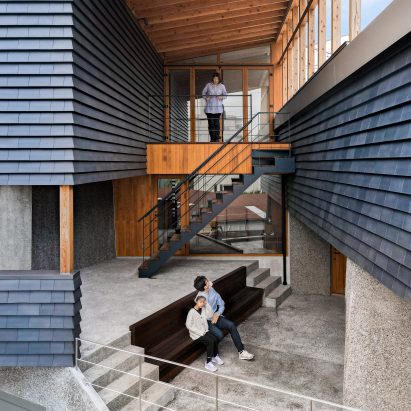
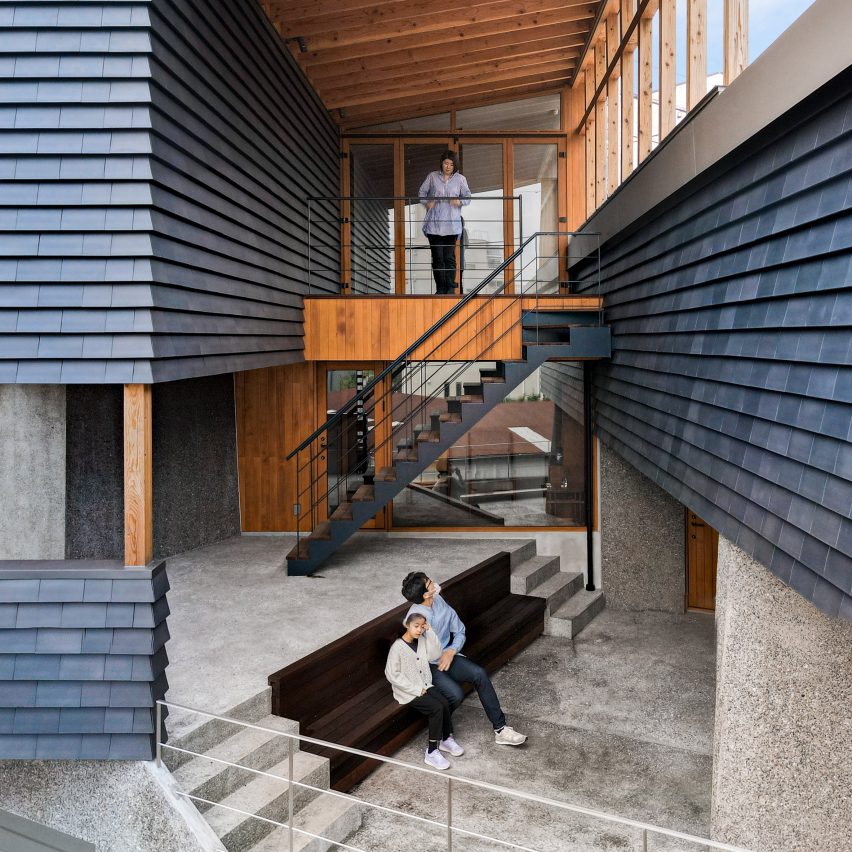
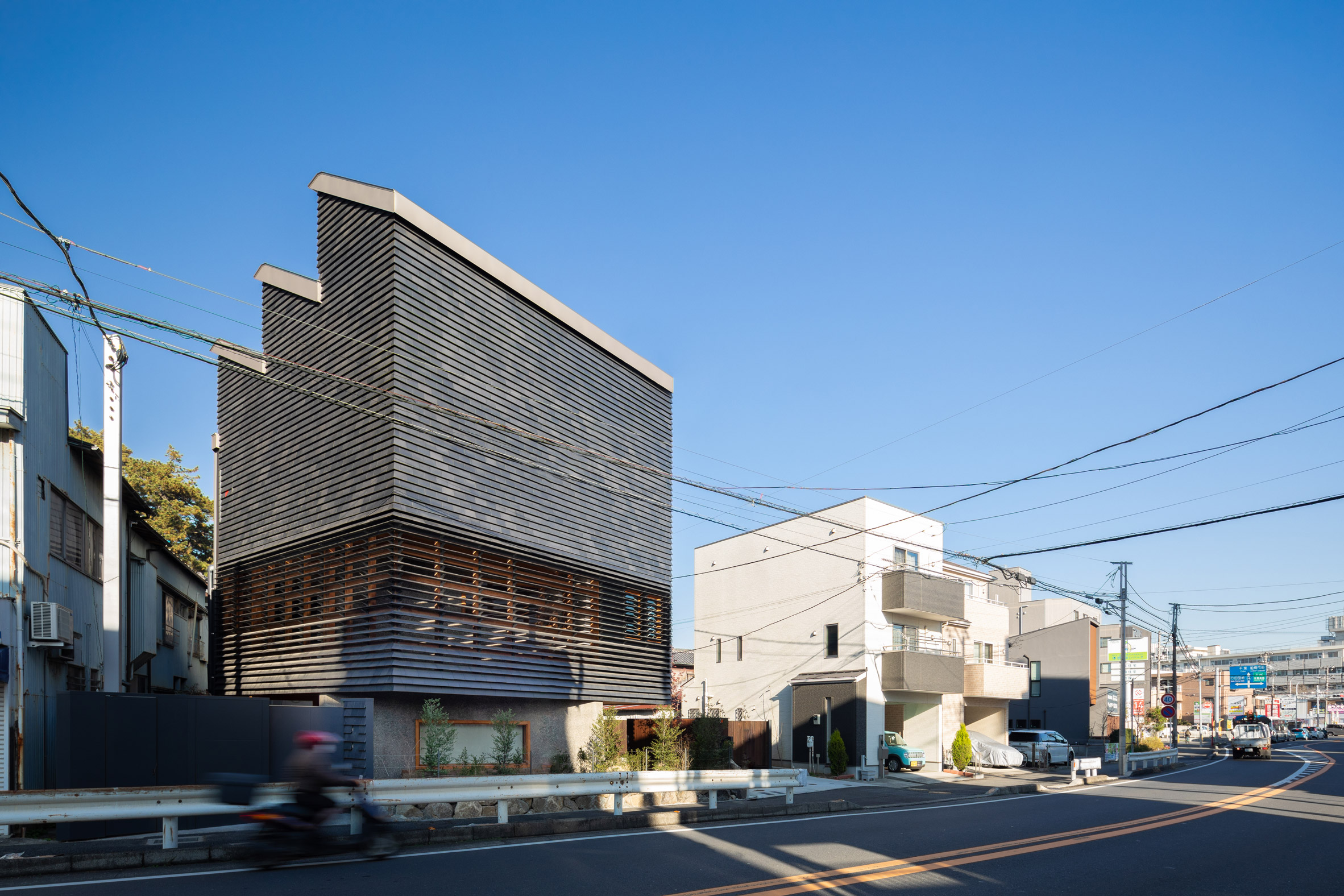 Kompas has created a house and art gallery called the Nishiji Project
Kompas has created a house and art gallery called the Nishiji Project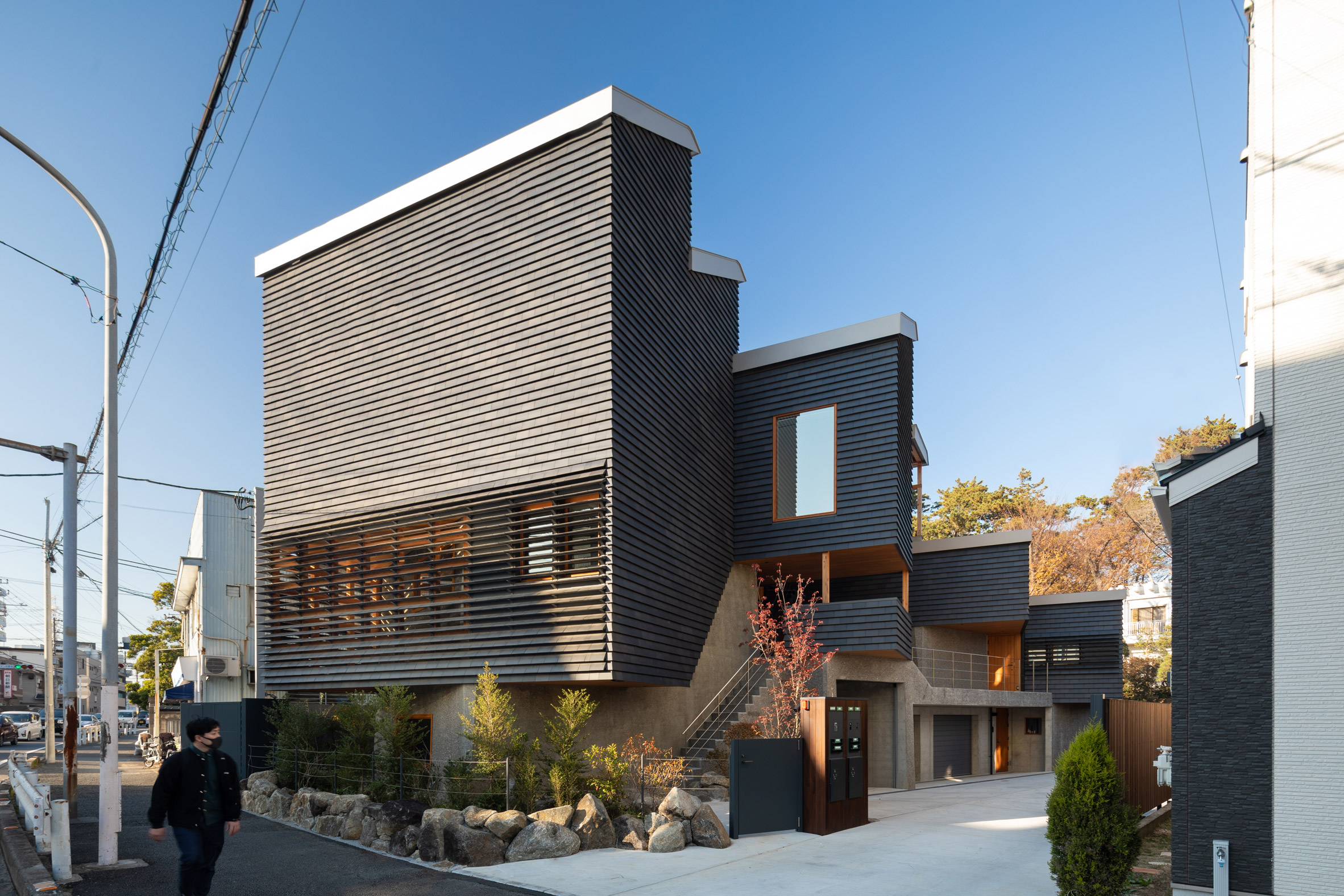 It is clad in black tiles
It is clad in black tiles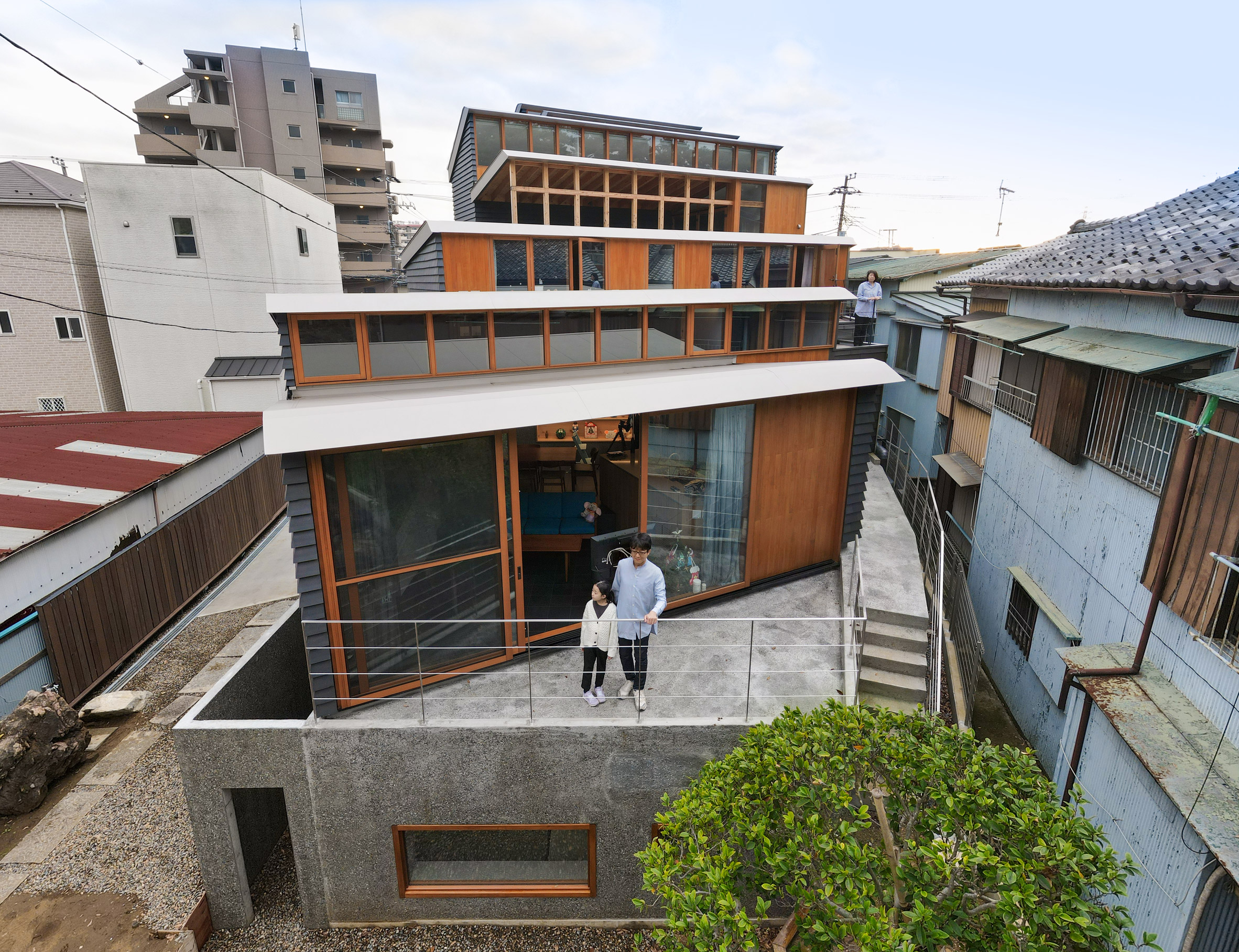 The building features a sawtooth roof
The building features a sawtooth roof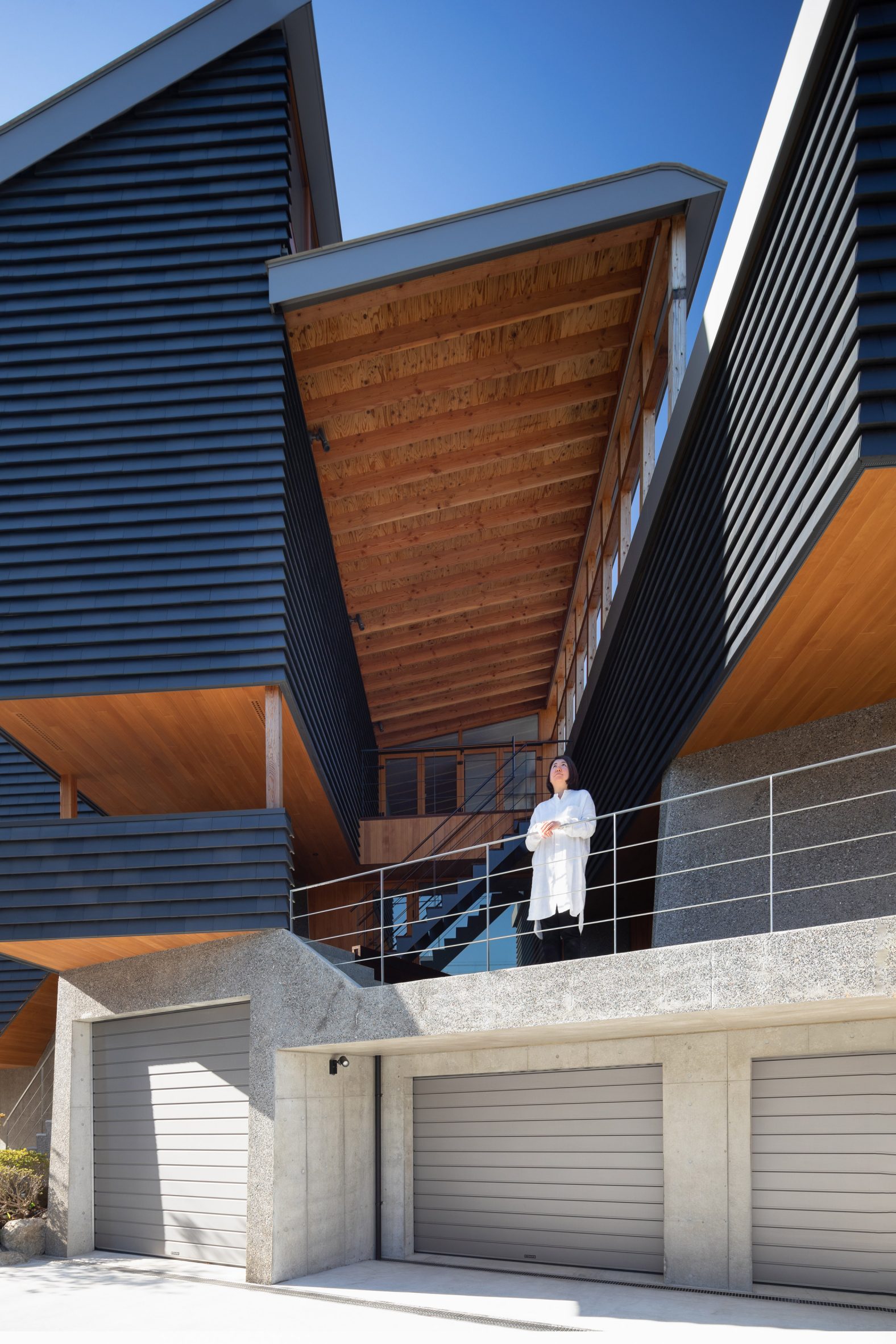 Its tile-clad elevations rest on a monolithic concrete base
Its tile-clad elevations rest on a monolithic concrete base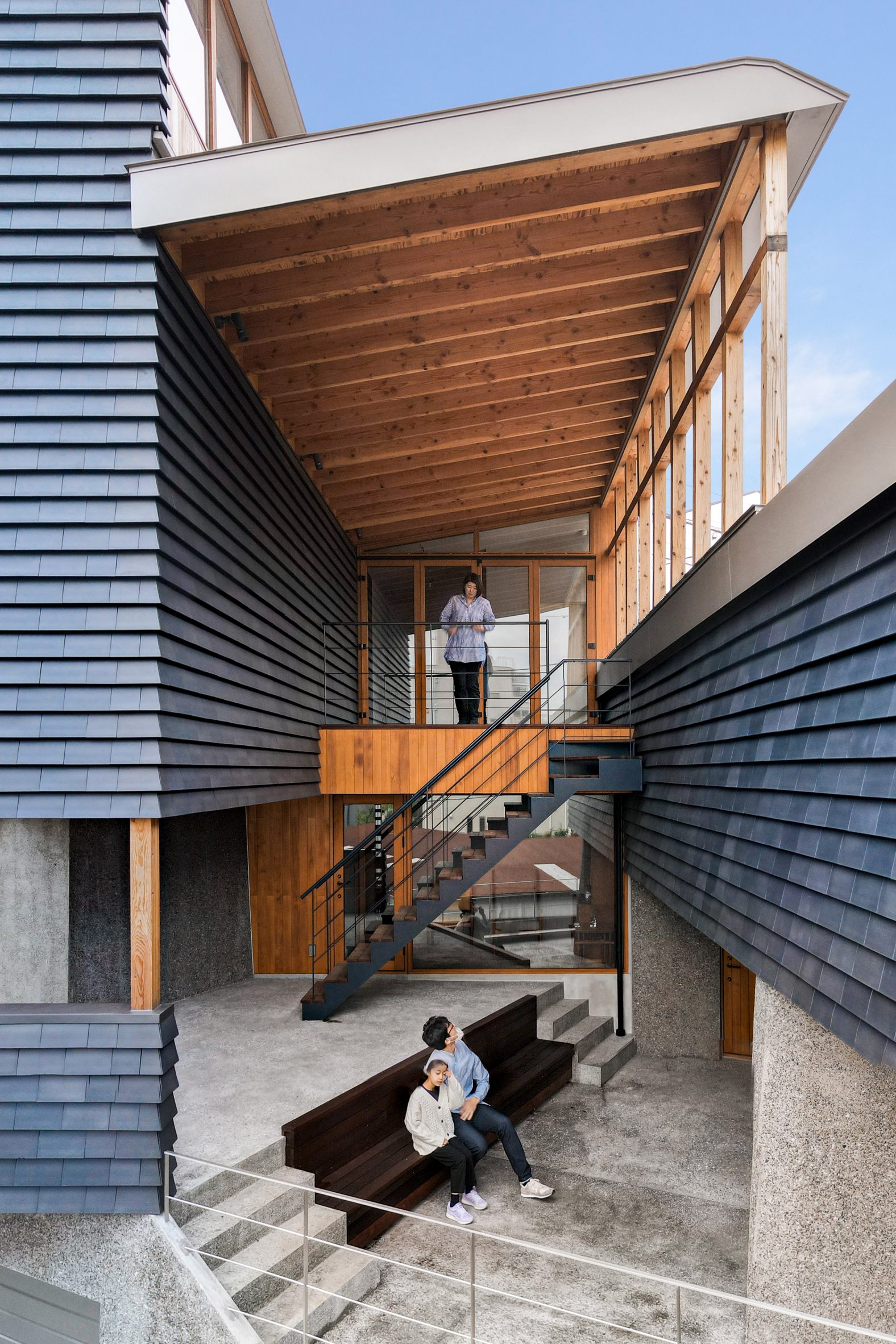 There is an outdoor terrace at the centre of the building
There is an outdoor terrace at the centre of the building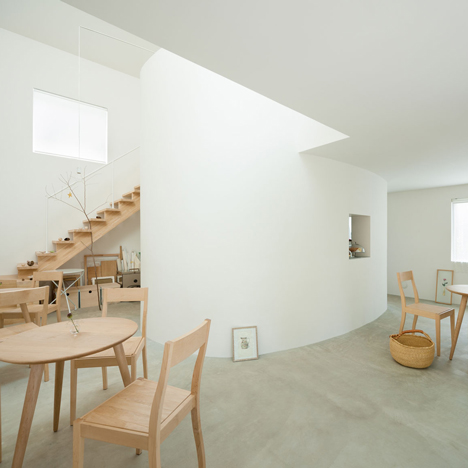
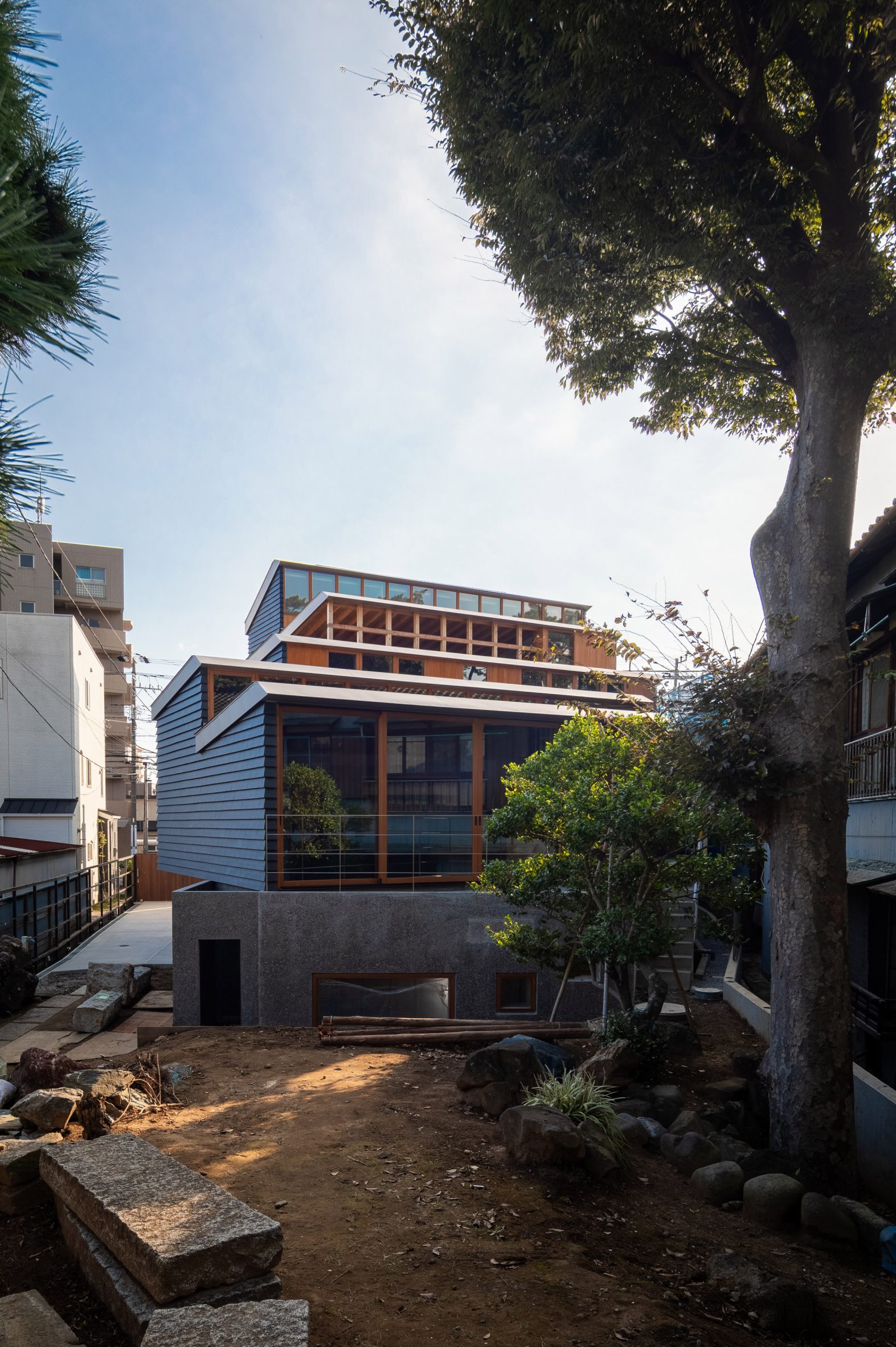 The dwelling is positioned at the back of a plot owned by the client's parents
The dwelling is positioned at the back of a plot owned by the client's parents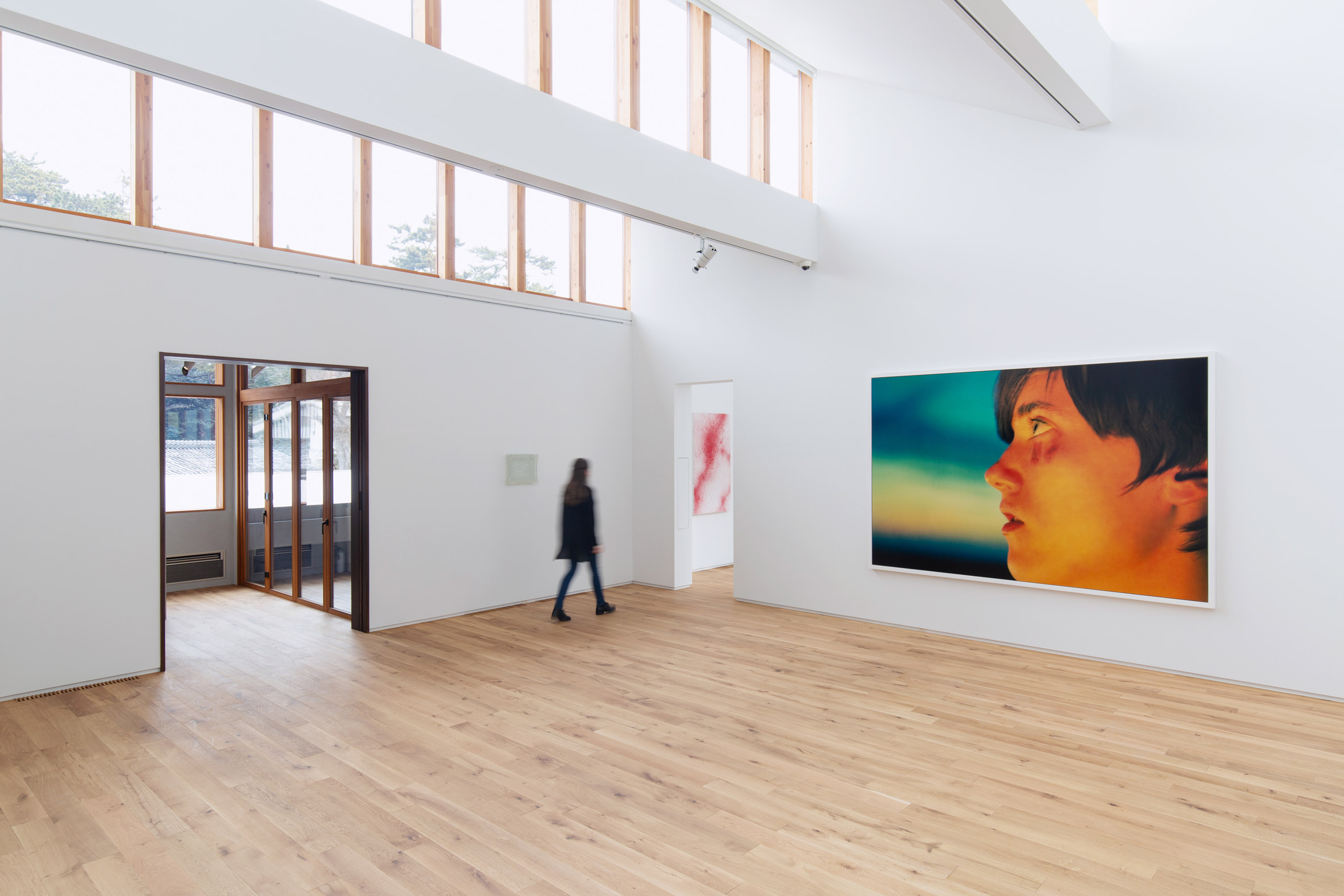 The gallery is lit by the sawtooth roof. Photo is by Munemasa Takahashi
The gallery is lit by the sawtooth roof. Photo is by Munemasa Takahashi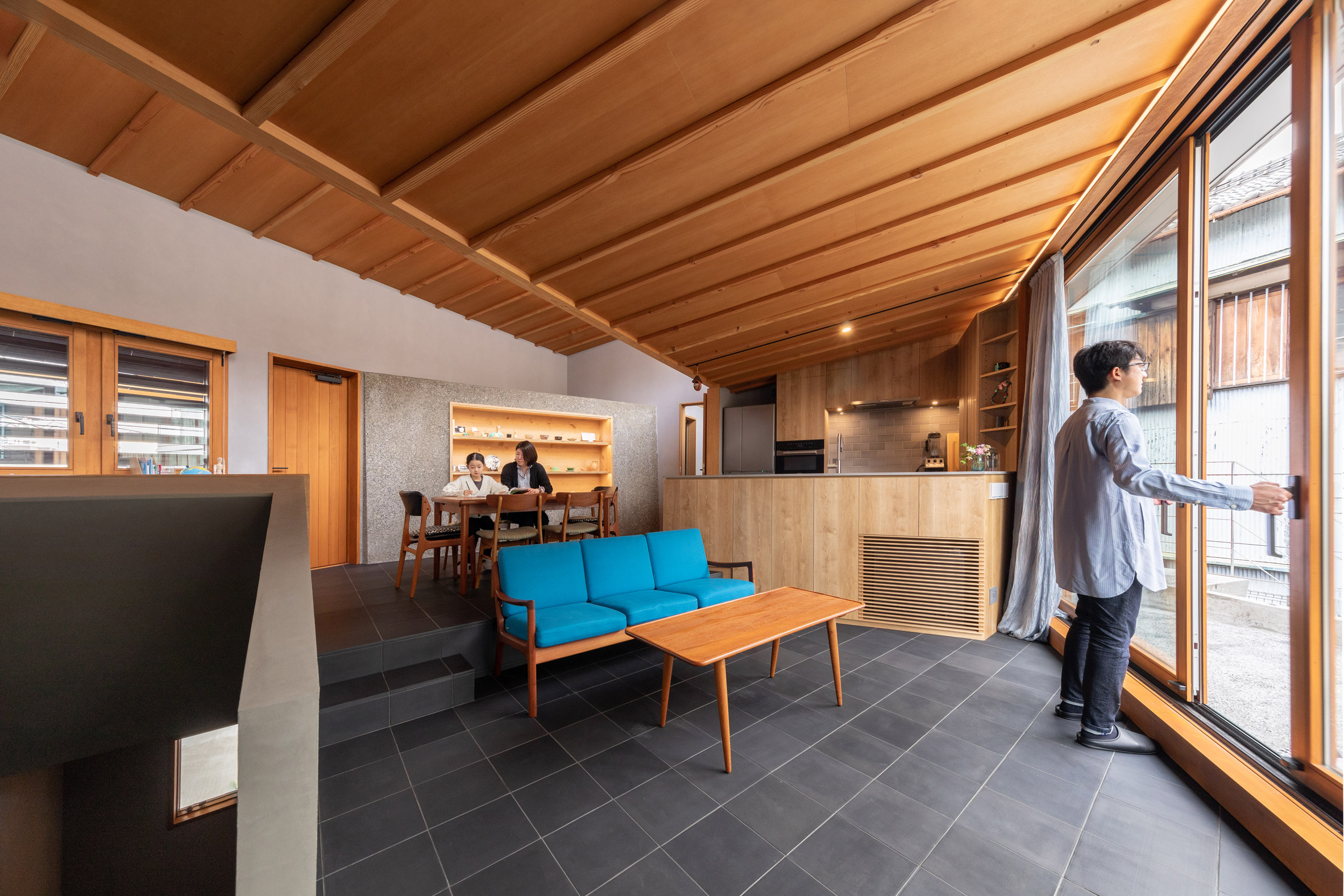 The private living spaces look out to the garden
The private living spaces look out to the garden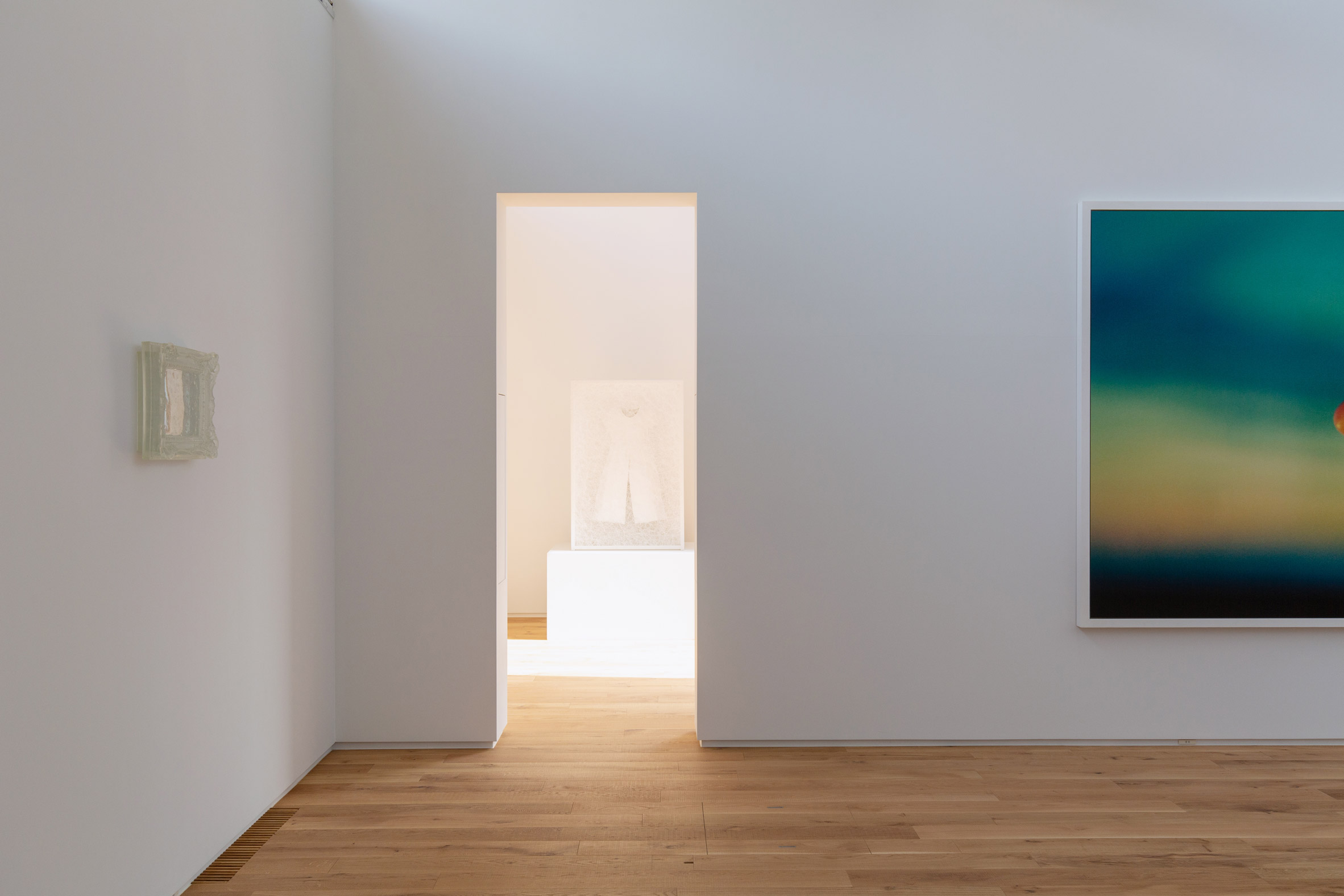 The exhibition spaces are open to the public. Photo is by Munemasa Takahashi
The exhibition spaces are open to the public. Photo is by Munemasa Takahashi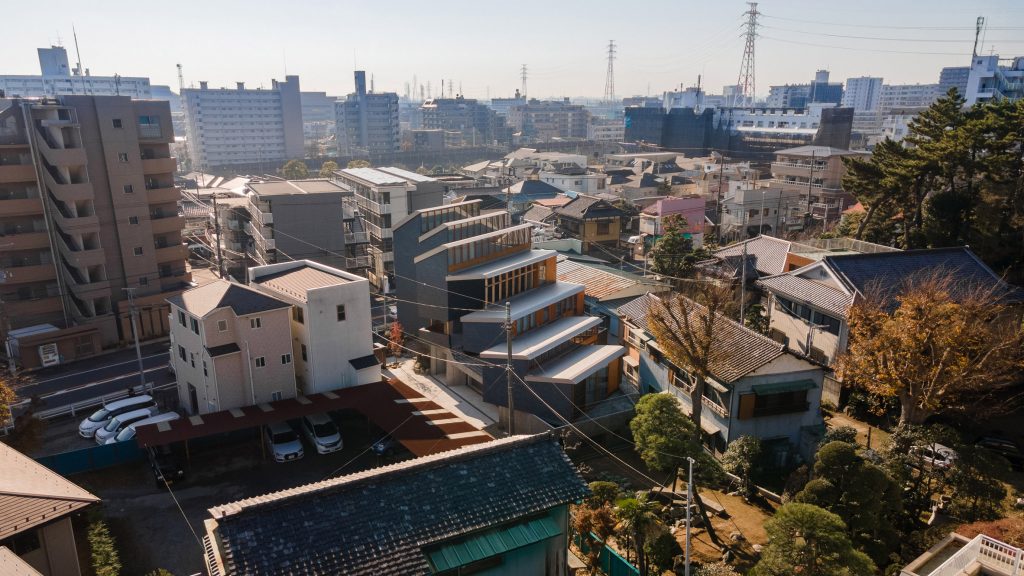
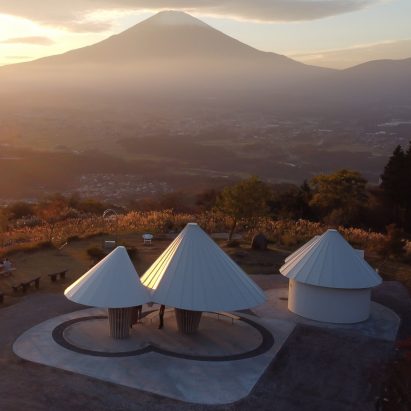
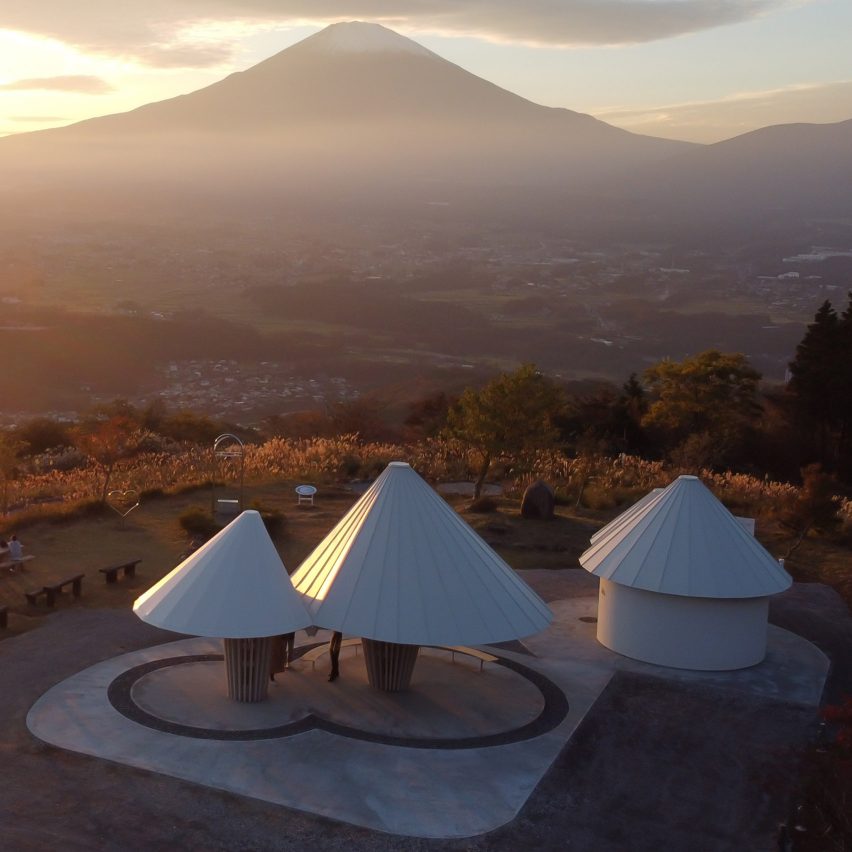
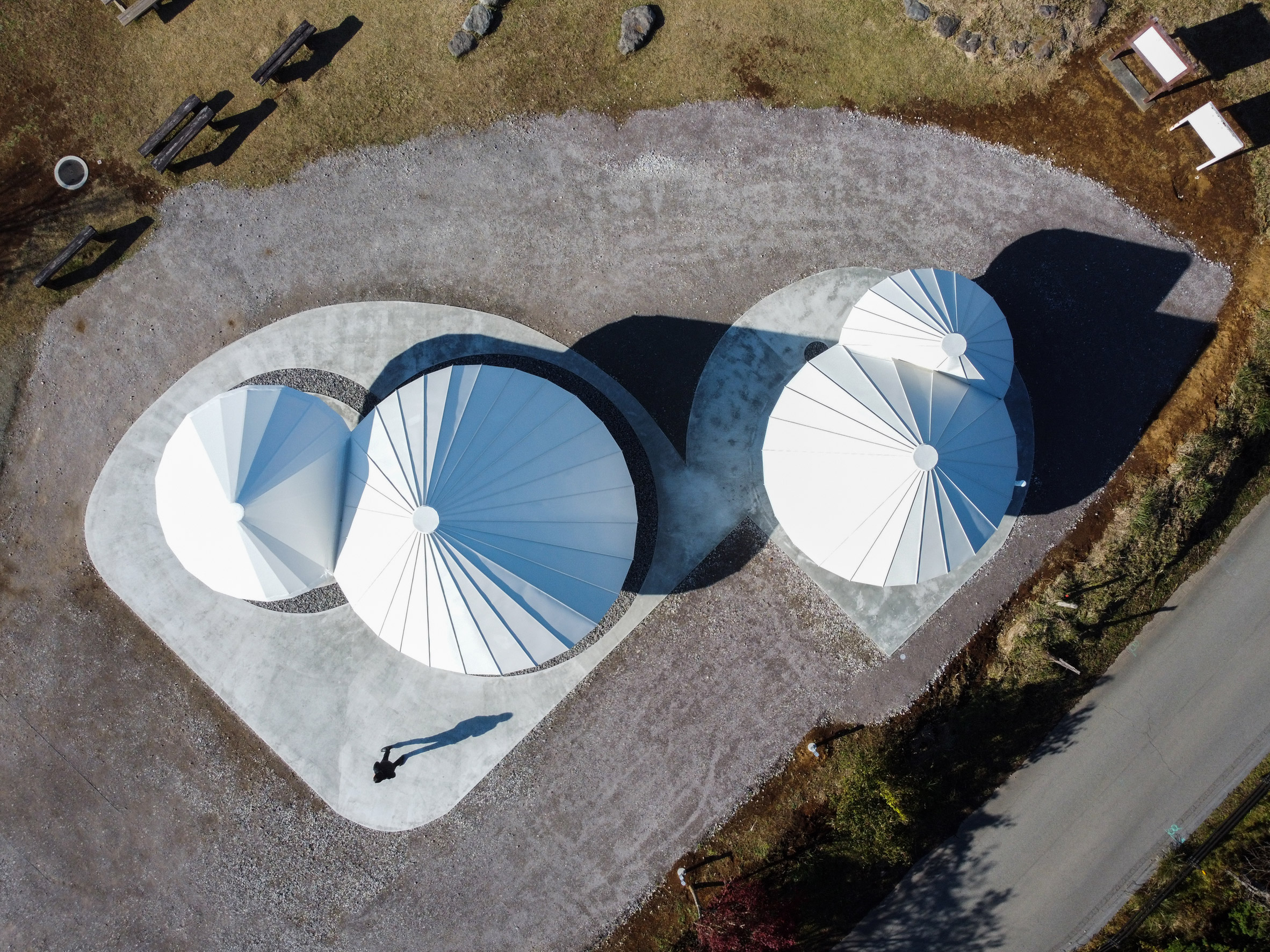 Oath Hill Park is located on a hiking trail and provides visitors with a place to rest and use restrooms
Oath Hill Park is located on a hiking trail and provides visitors with a place to rest and use restrooms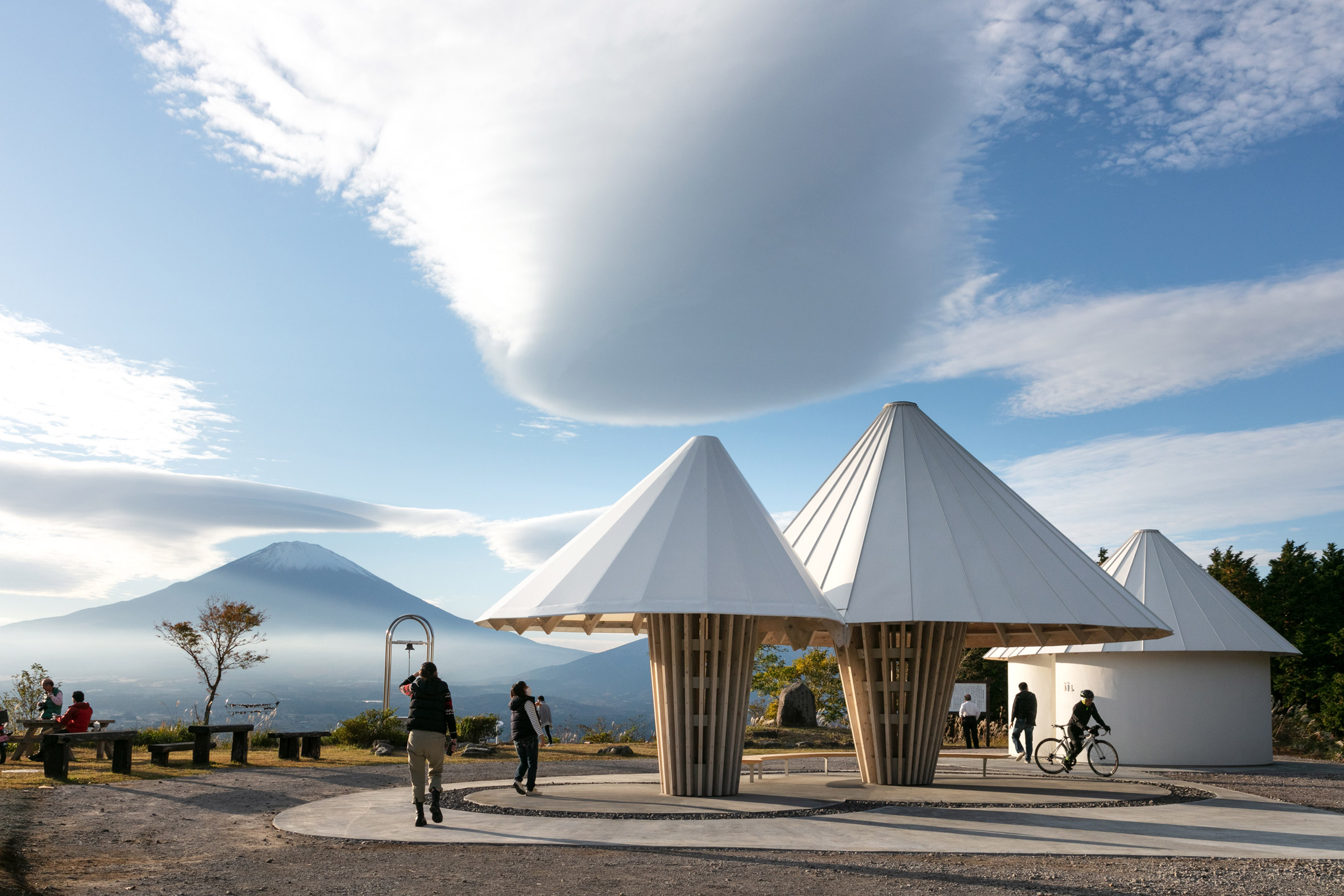 The canopies and toilets were designed by Kengo Kuma and Associates and were informed by the peak of Mount Fuji
The canopies and toilets were designed by Kengo Kuma and Associates and were informed by the peak of Mount Fuji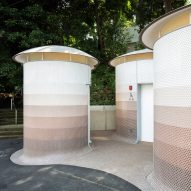
 A translucent membrane clads the roof of one canopy, revealing the structural integrity when illuminated
A translucent membrane clads the roof of one canopy, revealing the structural integrity when illuminated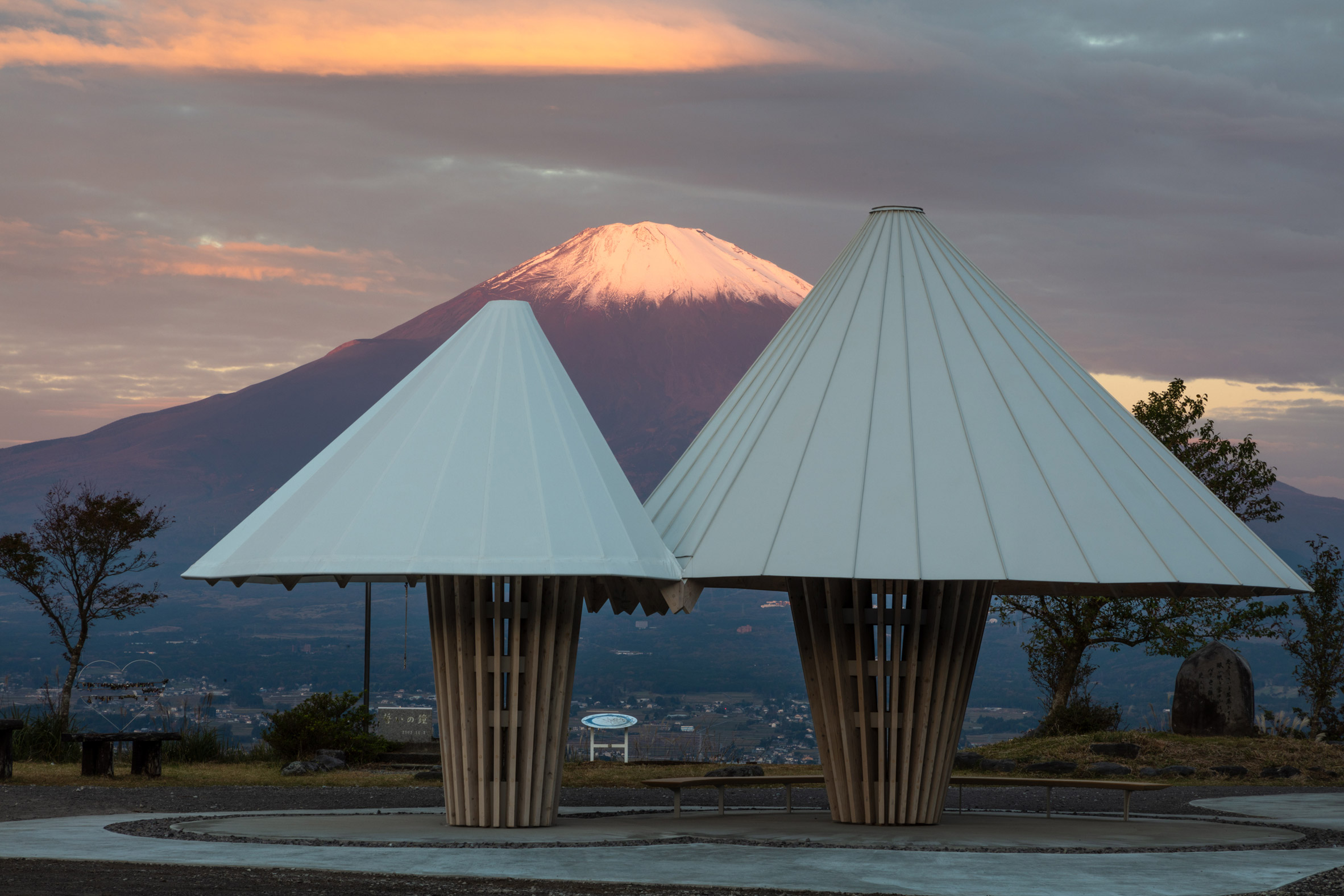 The structures were constructed using wooden pillars and iron
The structures were constructed using wooden pillars and iron